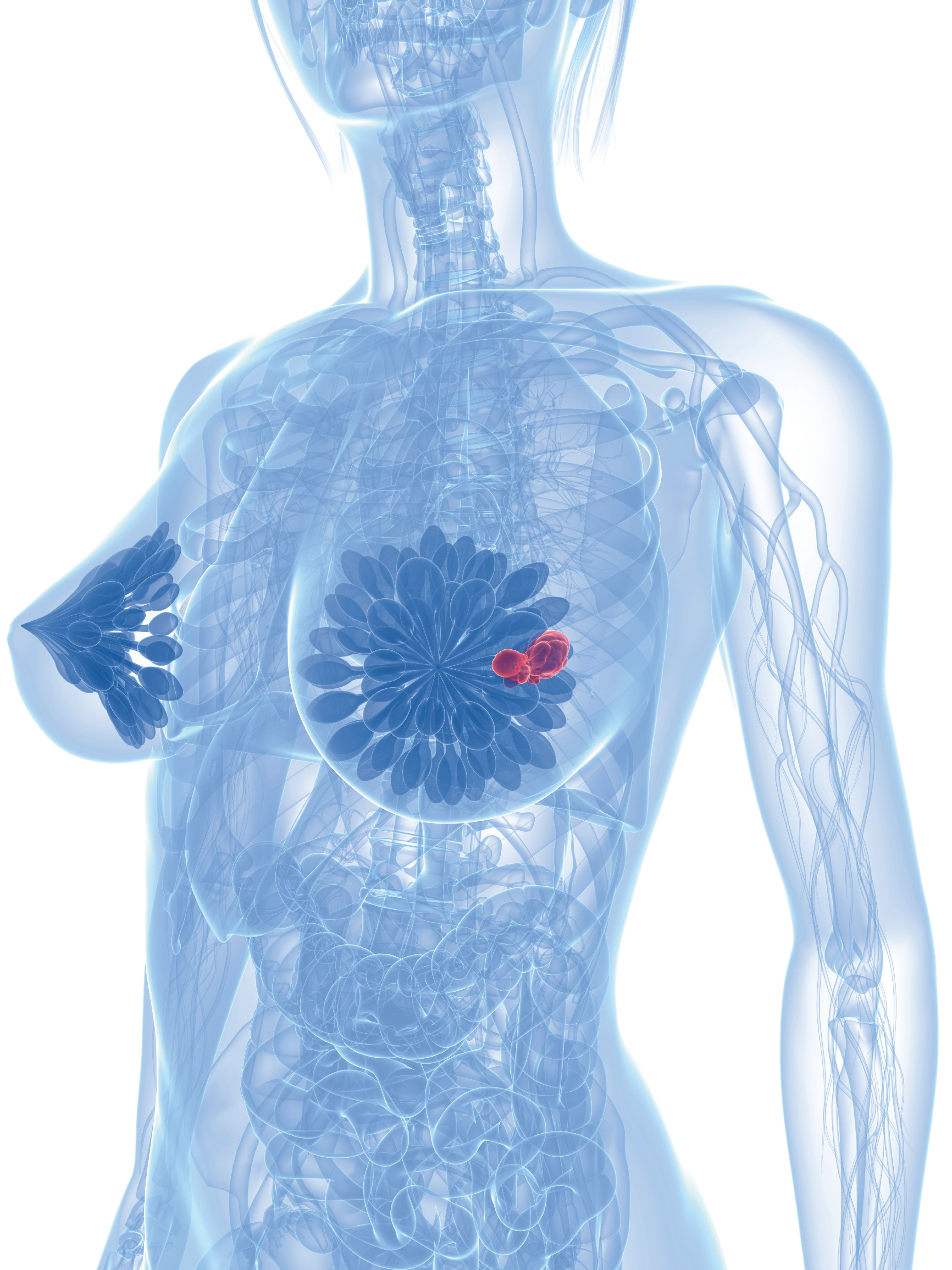Same-Day G-CSF After Chemo Appears Safe, Efficacious in Breast Cancer
No grade 3/4 treatment-related adverse effects were observed in patients receiving efbemalenograstim alfa for breast cancer in the Guard-02 trial.
Efficacy end points revealed that the incidence of grade 3 or 4 neutropenia across all cycles from cycles 1 to 4 was experienced by 21.62% of patients.

The administration of long-lasting granulocyte colony-stimulating factor (G-CSF) efbemalenograstim alfa-vuxw (Ryzneuta) within 24 hours after cytotoxic chemotherapy displayed a tolerable safety profile and efficacy in patients with breast cancer, according to findings from the prospective, single-arm, 2-stage Guard-02 trial (ChiCTR2300078792) presented at the 2025 American Association for Cancer Research Annual Meeting.
Efficacy end points revealed that the incidence of grade 3 or 4 neutropenia across all cycles from cycles 1 to 4 was experienced by 21.62% (95% CI, 9.83%-38.21%) of patients. Additionally, in cycles 1 through 4, the respective incidences were 8.11% (95% CI, 1.70%-21.91%), 9.38% (95% CI, 1.98%-25.02%), 8.33% (95% CI, 1.03%-27.00%), and 14.29% (95% CI, 3.05%-36.34%). Furthermore, there were only instances of febrile neutropenia in cycle 2, with a 3.13% (95% CI, 0.06%-16.22%) incidence rate in that cycle and an overall incidence of 2.70% (95% CI, 0.07%-14.16%) across all cycles.
Additionally, the overall depth of absolute neutrophil count (ANC) nadir from cycles 1 to 4 was 2.08 x 109/L (95% CI, 0.15-10.34). Respective counts were 4.10 x 109/L (95% CI, 0.31-10.34) in cycle 1, 3.37 x 109/L (95% CI, 0.15-10.33) in cycle 2, 2.10 x 109/L (95% CI, 0.73-6.31) in cycle 3, and 1.90 x 109/L (95% CI, 0.27-7.10) in cycle 4.
The rate of any-grade treatment-related adverse effects (TRAEs) among 37 patients evaluable for safety was 13.5%. Two patients experienced low-grade muscle pain, and back pain, fever, and decreased platelet counts occurred in 1 patient each. Notably, no grade 3/4 TRAEs were observed on the study.
“Administering long-acting G-CSF within 24 hours after chemotherapy was as safe and effective as on day 3 of chemotherapy in reducing [chemotherapy-induced neutropenia] and [febrile neutropenia],” lead investigator Shoubing Zhou, MD, of the Department of Breast Oncology at the First Affiliated Hospital of USTC at the University of Science and Technology of China, in Anhui, China, concluded in the presentation with study coinvestigators. “Efbemalenograstim alfa provides oncologists an alternative for simplifying the management of [chemotherapy-induced neutropenia] and [febrile neutropenia].”
Initially, the 2-stage study enrolled 16 adult female patients with breast cancer in the first stage of the study, opening enrollment to a maximum of 46 evaluable patients for the second stage. Patients on trial were treated with efbemalenograstim alfa at 24 hours ± 4 hours following the first chemotherapy cycle. Efbemalenograstim alfa was given 4 ± 1 hours after subsequent chemotherapy doses. All efbemalenograstim alfa doses were given as 20 mg doses via subcutaneous injection.
Patients enrolled on the study had a median age of 50 years (range, 33-65). A total of 91.9% of patients received adjuvant chemotherapy, whereas 9.1% received chemotherapy in the neoadjuvant setting. Patients had an ECOG performance score of 0 (59.5%) or 1 (40.5%), and had stage I (13.5%), II (64.9%), or III (21.6%) disease.
The primary end point of the study was incidence of grade 3 or higher neutropenia, defined as an ANC of less than 1.0 x 109/L, during the first 2 cycles of chemotherapy. Secondary end points included the duration of grade 3 or higher neutropenia in individual cycles, in the first 2 cycles of chemotherapy, and across the duration of study; the incidence of grade 3 or higher neutropenia in individual cycles and across the duration of study; the incidence of febrile neutropenia in individual cycles, cycles 1 and 2, and all cycles of chemotherapy; and the depth of ANC nadir, expressed as the lowest value during treatment.
Reference
Zhou S, Pan J, Zhang Q, et al. Safety and efficacy of same-day administration of novel long-acting G-CSF efbemalenograstim α in breast cancer patients undergoing cytotoxic chemotherapy. Presented at the 2025 American Association for Cancer Research Annual Meeting; April 25-30, 2025; Chicago, IL. Abstract 800.